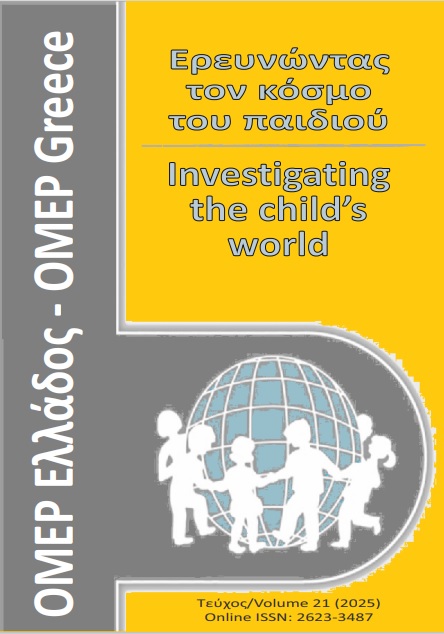Kindness Stories: A Qualitative Investigation into Early School-Age Children's Perceptions of the Concept of Kindness

Abstract
This study explores the perceptions of early primary school children regarding the concept of kindness. The sample consisted of 28 children (15 boys and 13 girls; M = 6.7 years, SD = 0.45), attending the 1st and 2nd grades of a public primary school. Using semi-structured interviews, the research investigated how children understand and attribute meaning to kindness based on their personal experiences. Thematic analysis revealed six core themes: (a) helping behavior, (b) emotional support, (c) behavioral disposition, (d) moral value/ethical action, (e) social coexistence, and (f) reciprocity. In children’s narratives, kindness was associated with actions such as sharing, helping, cooperation, caring, and politeness, everyday practices and actions aimed at collective welfare. The findings highlight a multidimensional understanding of kindness grounded in prosocial behavior, empathy, moral reasoning, and social regulation. The study underscores the importance of everyday experiences in shaping the concept of kindness and offers valuable insights for the development of educational programs that foster prosocial behavior and cultivate kindness as a core moral and social value in childhood.
Article Details
- How to Cite
-
Βαϊράμη Μ. (2025). Kindness Stories: A Qualitative Investigation into Early School-Age Children’s Perceptions of the Concept of Kindness. Investigating the child’s World, 21, 73–90. Retrieved from https://ejournals.epublishing.ekt.gr/index.php/omep/article/view/41781
- Issue
- Vol. 21 (2025)
- Section
- Scientific articles & educational projects

This work is licensed under a Creative Commons Attribution-NonCommercial 4.0 International License.
Authors who publish with this journal agree to the following terms:
· Authors retain copyright and grant the journal right of first publication with the work simultaneously licensed under a Creative Commons Attribution Non-Commercial License that allows others to share the work with an acknowledgement of the work's authorship and initial publication in this journal.
· Authors are able to enter into separate, additional contractual arrangements for the non-exclusive distribution of the journal's published version of the work (e.g. post it to an institutional repository or publish it in a book), with an acknowledgement of its initial publication in this journal.
· Authors are permitted and encouraged to post their work online (preferably in institutional repositories or on their website) prior to and during the submission process, as it can lead to productive exchanges, as well as earlier and greater citation of published work.


